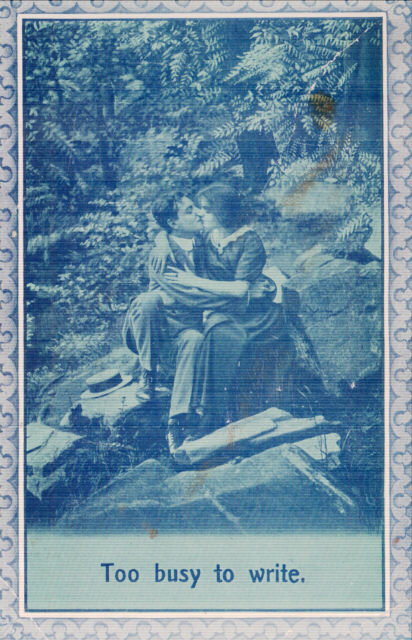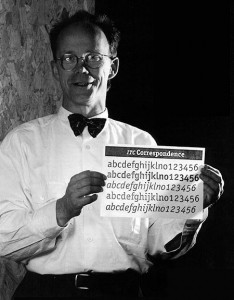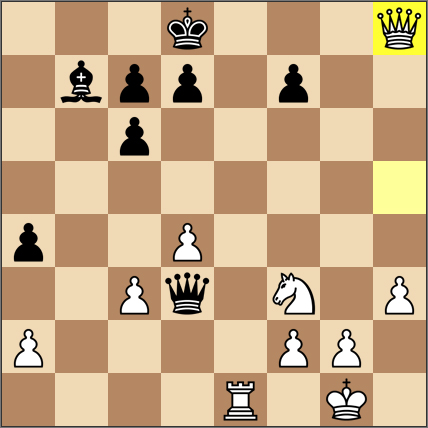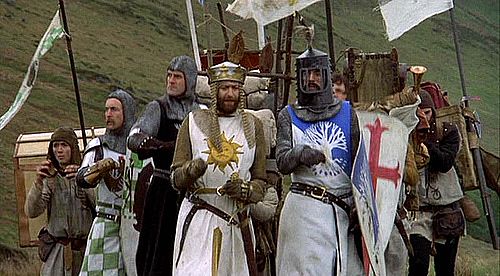A friend recently exposed me to Douglas Coupland’s Microserfs— my first taste of this author:
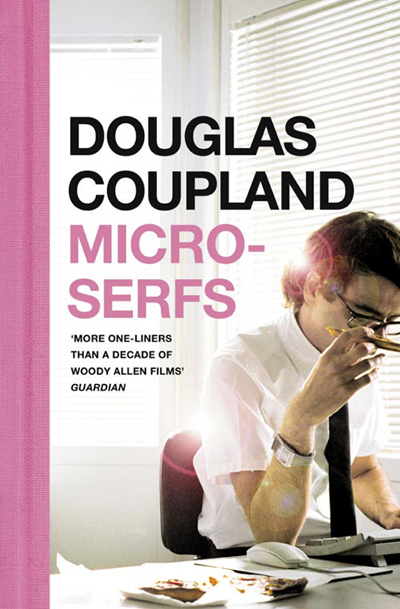
I enjoyed this in part because it so clearly evokes a peculiar moment in technological history— 1994— when computer culture both was computer culture and also wasn’t. The narrator comments on the rise of the geek class, rails against the feeling that his work is subjugating him to his computer… in general, all the familiar trappings of high-tech culture are recognizably there. And yet, it’s (essentially) pre-interent. The characters in the book send email to each other… and yet, they remark irritably about the ubiquity of this so-called Information Superhighway that’s supposedly about-to-be-everywhere and yet nowhere.
All this brought back a dim personal memory of being summoned to a semi-mandatory training session in my last year of college (yup, 1994) where we were given an extensive tutorial on how to use Gopher, the pre-www internet protocol developed the University of Minnesota. (I went to Macalester, also located in Minnesota… so it was almost like Gopher was being touted as the regional internet protocol of choice.) I have a vivid memory of paying keen attention for the first few minutes and then lapsing into disinterest and thinking, “Man, I’ve never going to use this thing…”

Another passing reference made in this book that really got my nostalgia-wheels turning, though, was to the North American video game collapse of 1983. This calamity totally marred by childhood, so I was fascinated to read that it is an actual observed, documented part of cultural history— when you’re ten years old, you don’t think in these terms; you just lament the fact that suddenly there are no good new Atari titles.
The wikipedia entry for the North American video game collapse cites several causes, a key one being over-saturation of the market. Check out the rogue’s gallery of consoles on the market by the eve of the crash:
At the time of the U.S crash, there were numerous consoles on the market, including the Atari 2600, the Atari 5200, the Bally Astrocade, the ColecoVision, the Coleco Gemini (a 2600 clone), the Emerson Arcadia 2001, the Fairchild Channel F System II, the Magnavox Odyssey2, the MattelIntellivision (and its just-released update with several peripherals, the Intellivision II), the Sears Tele-Games systems (which included both 2600 and Intellivision clones), the TandyvisioN (an Intellivision clone for Radio Shack), and the Vectrex.
Sad to say, the very last entry in this list— the Vectrex— was the console that graced the Dan household in 1983:

No, that’s not me with my family. Nonwithstanding this cheeseball ad, the Vectrex had some interesting and distinctive qualities. First, it was a standalone console that didn’t need to be plugged into a TV (‘Take it anywhere!’). Second, and most significant, it was the only all-vector console on the market. Sometimes the lines didn’t really meet up exactly, and the efforts to portray humans and other sentient characters were always a real stretch… but still, it gave the console a certain stylish edginess that made me the envy of my block for about 15 minutes. In an attempt to compensate for the lack of color, each game arrived with a translucent plastic screen that you were supposed to snap in place over the screen. Finally, in its dying days, the Vectrex offered 3D goggles (???!!!!) that I never managed to get my hands on but that my ten year-old brain lustfully tried to apprehend the user experience of:

So, in a more meritocratic world, the Vectrex might have made a big splash— it did have some real objective advantages over the competition, after all— but had the bad luck to hit the market during an industry-wide death swoon. In this sense, the Vectrex was like a disco ingenue who had this misfortunate to release his first album in 1981. Or a really good high-top fade with a word shaved into the back circa 1994. You get the idea.
Sad to say, the Vectrex was only the second-most dated technological device in my uncool household during these years. Around the same time that the Vectrex entered the picture, my father purchased our first home computer… but passed on the newly-released Apple II in favor of something called a Kay-Pro that folded up into a suitcase and whose only claim to fame is that it was used by Arthur C. Clarke for the writing of 2010:

There was even a plastic handle fixed to the back of the far side, so you could cart it around with you. Lame as it was, it did have a semi-cool logo:

A casual visitor to our household in the mid-80s might have thought that we travelled a lot, or were planning to make a run from the law, given the proliferation of all-in-one, transportable gadgets in our house, but this was not the case.
Addendum: literally as I was writing this post, a friend passed along this timely link to a blog of Croatian video game graphics from the mid-80s. Thanks, Ivan!




